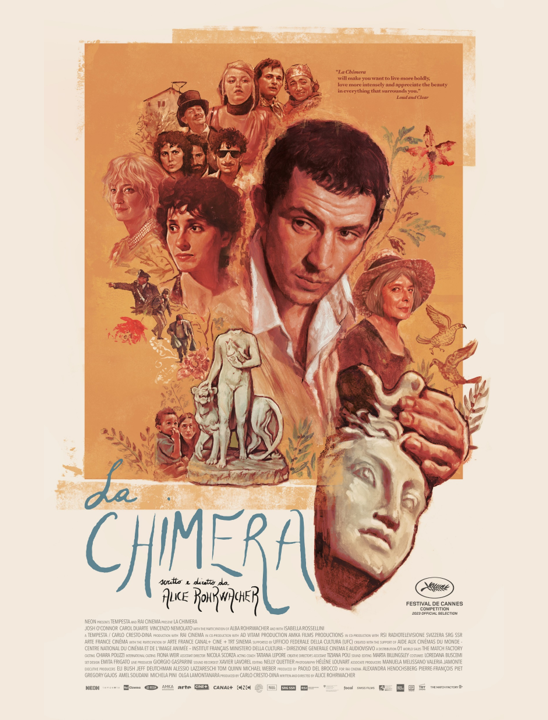




| Director | François Truffaut |
|---|---|
| Country | France |
| Year | 1959 |
François Truffaut's directorial debut, Les Quatre Cents Coups, premiered by opening the 1959 Cannes Film Festival—a bold entrance that heralded the French New Wave. Truffaut earned the Best Director Award for this film, which was also France's first official submission for Best Foreign Film at the Oscars and earned a nomination for Best Original Screenplay.
The film is deeply autobiographical, introducing Antoine Doinel—portrayed by Jean-Pierre Léaud—as Truffaut’s alter ego, a young boy navigating neglect, institutional indifference, and a hunger for liberation. It stands as a pillar of the New Wave, alongside Godard's Breathless, and remains a cornerstone of modern cinema curricula.
We follow Antoine Doinel, a 12-year-old in Paris, caught in the emotional detritus of a distant mother and a stepfather whose affection is wryly tactile. School offers little refuge—teachers are punitive and petty. Truant and mischievous, Antoine seeks solace in cinema, petty theft, and fleeting friendships. After lying in class that his mother has died, he faces expulsion, enters a juvenile reform centre, and eventually makes a break for freedom—his gaze locked on the sea in the film’s haunting final freeze-frame.
Jean-Pierre Léaud, just 14 at the time, delivers a performance of astonishing emotional resonance. His Antoine is raucously alive, defiantly imaginative, and heartbreakingly authentic. The supporting actors—Claire Maurier as his mother and Albert Rémy as the stepfather—embody domestic neglect with a quiet naturalism. Truffaut’s camera lingers on Antoine’s face until we feel his despair, his defiance, and his profound yearning for belonging.
At its heart, The 400 Blows is a portrait of juvenile alienation and rebellion. It resists simplistic sentimentality, instead revealing the anguish beneath daily misdemeanours. The adult world is cast as stifling and unintentionally cruel—a police station, a schoolroom, a dim living room. Truffaut contrasts the oppressive order of these institutions with open, anarchic gestures of escape—laughing at a puppet show, stealing away with friends, and ultimately running toward the coast. Yet even that freedom is ambiguous—symbolised by Antoine’s frozen expression—caught between hope and resignation.
Shot on location in Paris and Honfleur, the film breathes with immediacy. Truffaut and cinematographer Henri Decaë liberated the camera from the tripod, capturing mobile, intimate compositions that mingle realism with lyricism. The pacing is unforced: vignettes of rebellion and tenderness accumulate into the final burst of escape. The editing often leans into stillness—especially the closing freeze-frame, which remains an iconic cinematic gesture of adolescent limbo. The understated score lifts emotional beats without overselling, letting Antoine’s face and longing do the talking.
More than a coming-of-age drama, Les Quatre Cents Coups is a manifesto for personal filmmaking and youth autonomy. It challenges traditional narrative cinema and continues to influence filmmakers—from Scorsese to Kurosawa—who cite its emotional honesty and stylistic daring. Its portrait of childhood disaffection remains relevant today, especially for viewers familiar with the experience of institutional indifference or youthful invisibility.
Les Quatre Cents Coups is enduring not because it was the first of its kind, but because it felt like nothing else—brave, intimate, and wholly attuned to the restless heart of youth. Antoine Doinel’s story is one of unspoken longing etched on monochrome Parisian streets. As the camera freezes on his face, we are left not with answers, but with the trembling urgency to feel—and perhaps to run—ourselves.
In an effort to reduce our paper usage, we stopped offering printed copies of our popular Film Notes at our screenings.
Instead, we are encouraging our members to read the Film Notes online. For those who wish to do so, it is still possible to print these pages prior to the film.
Alternatively, if you want to read the notes just before or just after the film, and also minimise your paper consumption, then you can scan the QR code to your phone and then download the webpage.
